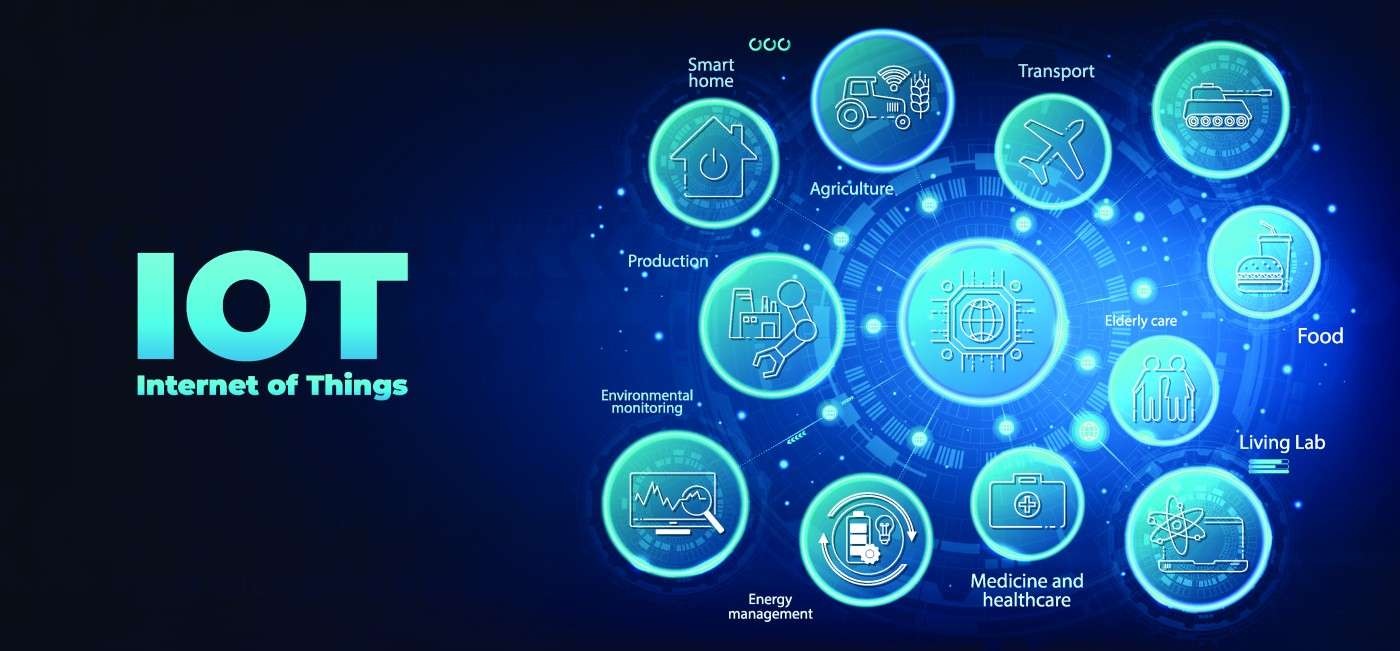In today’s interconnected world, the Internet of Things (IoT) has emerged as a game-changer for businesses across various industries. From smart cities to industrial automation, IoT devices are generating vast amounts of data that hold the key to unlocking insights and driving operational efficiencies. However, harnessing the full potential of IoT requires more than just collecting data—it demands a robust infrastructure capable of processing and analyzing data in real-time. This is where optimizing IoT networks for real-time data processing becomes paramount.
For businesses leveraging IoT solutions, one of the primary challenges is ensuring that data is processed and acted upon quickly and efficiently. Traditional cloud-based approaches to data processing often suffer from latency issues, as data must travel back and forth between IoT devices and centralized servers. This delay can hinder decision-making and compromise the effectiveness of IoT applications, particularly in scenarios where real-time insights are critical.
This is where Edge AI comes into play, seamlessly integrating with IoT networks to enable real-time data processing at the edge of the network. But how does Edge AI work, and what role does it play in optimizing IoT networks?
Edge AI refers to the deployment of AI algorithms directly onto devices at the edge of the network, such as IoT sensors and gateways. Unlike traditional AI systems that rely on centralized servers for processing, Edge AI operates locally, allowing for faster response times and reduced latency. By analyzing data closer to its source, Edge AI enables IoT devices to make intelligent decisions in real-time without the need to constantly transmit data to centralized servers.
Imagine a scenario where sensors deployed in a manufacturing plant detect anomalies in temperature or machine vibrations. With Edge AI, these sensors can analyze the data locally and trigger immediate responses, such as adjusting equipment settings or notifying maintenance personnel. By processing data at the edge, manufacturers can minimize downtime, improve operational efficiency, and enhance overall productivity—a critical advantage in today’s competitive market landscape.
Moreover, Edge AI enhances data privacy and security by reducing the need to transmit sensitive information over the network. Since data is processed locally on the device, there’s less risk of exposure to cyber threats or unauthorized access. This is particularly important for industries like healthcare and finance, where the confidentiality of data is paramount.
But optimizing IoT networks for real-time data processing goes beyond just implementing Edge AI technology. It requires a comprehensive approach that takes into account factors such as network connectivity, scalability, and interoperability. For businesses looking to maximize the efficiency of their IoT deployments, partnering with a trusted IoT connectivity provider is essential.
By leveraging the expertise of a seasoned IoT provider, businesses can ensure that their IoT networks are designed and optimized to meet their specific needs and objectives. Whether it’s selecting the right mix of connectivity options, implementing robust security measures, or integrating Edge AI technology, a knowledgeable IoT partner can help businesses navigate the complexities of IoT deployment and unlock the full potential of their IoT investments.
In conclusion, optimizing IoT networks for real-time data processing is crucial for businesses looking to derive maximum value from their IoT investments. By leveraging technologies like Edge AI and partnering with experienced IoT providers, businesses can overcome the challenges of latency, security, and scalability, enabling them to harness the full potential of IoT to drive innovation, efficiency, and growth.

